 TECH
TECH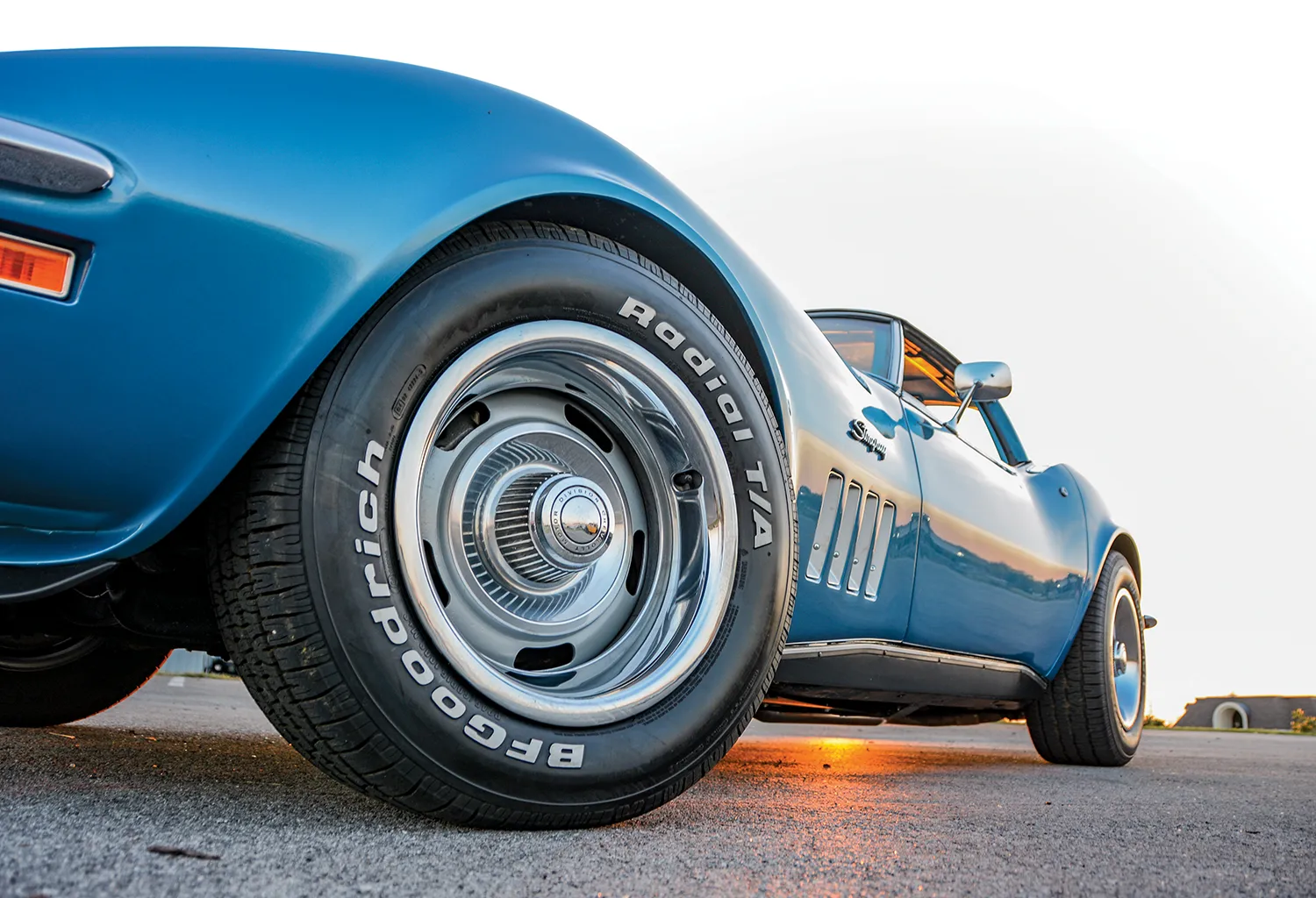
 Images by The Author
Images by The Authorires and wheels are the number one way to personalize a car. The Big Three manufacturers started picking up on that during the ’60s. Many cars had multiple wheel options based on the buyer’s tastes and budget. In many cases, the original wheels ended up being tossed to the wayside, in favor of aftermarket wheels like Cragar S/S, American Racing, Fenton, or other popular wheel brands. Long forgotten are the steel wheels that rolled beneath these famous Chevys back in the day.
The reality is that every Chevrolet produced until well into the ’70s came with stamped steel wheels, with the exception of the limited-production Kelsey-Hayes aluminum wheels that were an option on C2 Corvettes. The idea of a styled steel wheel didn’t hit the market until the mid ’60s with other makes leading the charge, but Chevrolet followed suit in 1967 with the introduction of the Rally wheel (sometimes spelled “Rallye”). Wheel designs remained fairly straightforward through the years, but many size and backspacing differences offered precise fitment across all of Chevrolet’s product lines. Today, all of those differences are difficult to recognize, unless you carry a measuring tape to your local swap meets to find the exact fit you want. Most folks opt for aftermarket reproductions, like the ones available from Coker Tire, because the sizes and backspacing are dialed in for popular fitments.
The crew at Coker Tire has spent years researching and developing these products, so we leaned on them for some technical information, as well as stock photography of wheels that closely replicate originals from the ’50s, ’60s, and ’70s. That allowed us to show the wheel designs in great detail and dig into some of the history and optional equipment you could get from the factory. We’ll break down the wheel designs, sizes, and various codes associated with production wheels, and touch on some of the modern reproductions. Follow along with our Chevrolet steel wheel guide and impress your friends with newfound knowledge.
It’s important to note that all Chevrolet steel wheels were 5 inches wide until 1962, and that’s when station wagons and high-performance cars were equipped with a wider wheel for better stability. As far as wheel diameter is concerned, Chevrolet stepped down from 16-inch wheels to 15s in 1949, and then stepped down again to 14s in 1957. Another change that happened in 1957 was the transition from riveted wheels to welded wheels. The early steel wheel designs featured a stamped centersection that was riveted to the rim, and 1957 was a turning point for welded construction, which helped create an airtight wheel. This led to the use of tubeless tires.
When it comes to decoding an old standard steel wheel, it can be tough because the early wheels did not have the two-letter stamping near the valve stem like the later ’60s wheels. The most sought-after coded steel wheel is the XT, a 14×7 wheel that was used on COPO cars. Today, you can scrounge around at swap meets, but it’s getting tougher to find a nice set of original steel wheels. Even if they look decent, steel wheels can often have a wobble that isn’t visible until it’s on the balancing machine or on your vehicle. Coker Tire offers a nice reproduction of the original steel wheel, which is called the 62 Series OE wheel. It’s available in 14- and 15-inch diameters and accepts original Chevrolet dog dish–style hubcaps (10.125-inch diameter). The best part about the reproduction wheels is the variety of widths, ranging from 5-inch front runners to 10-inch rears to enhance the stance of your street sleeper.
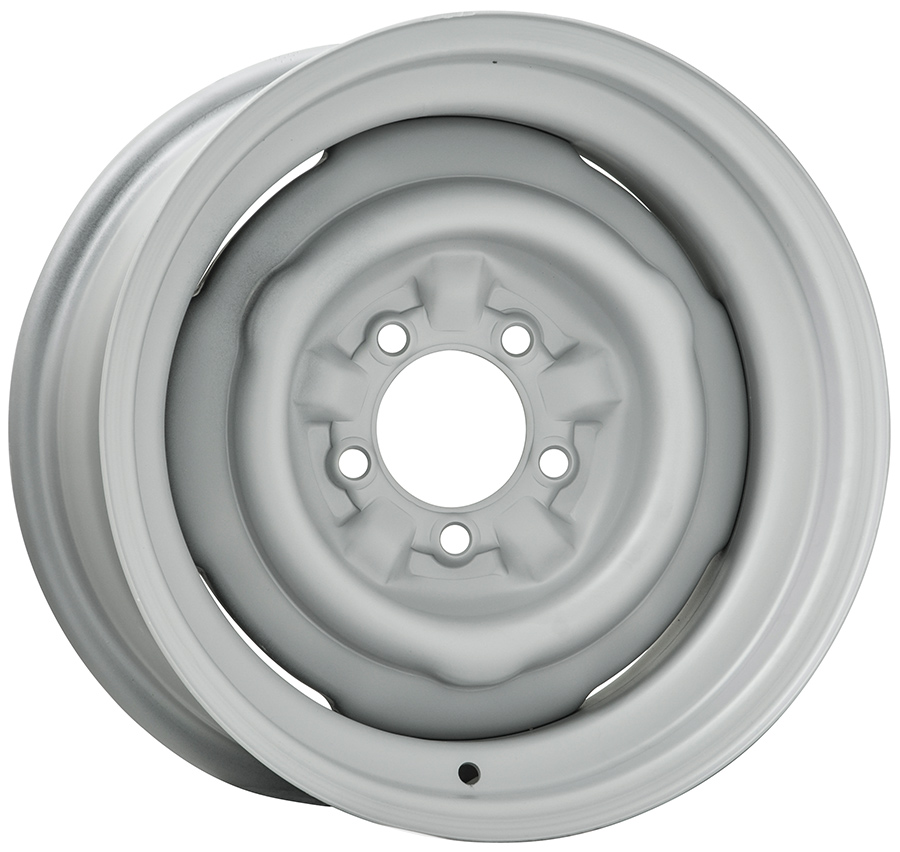
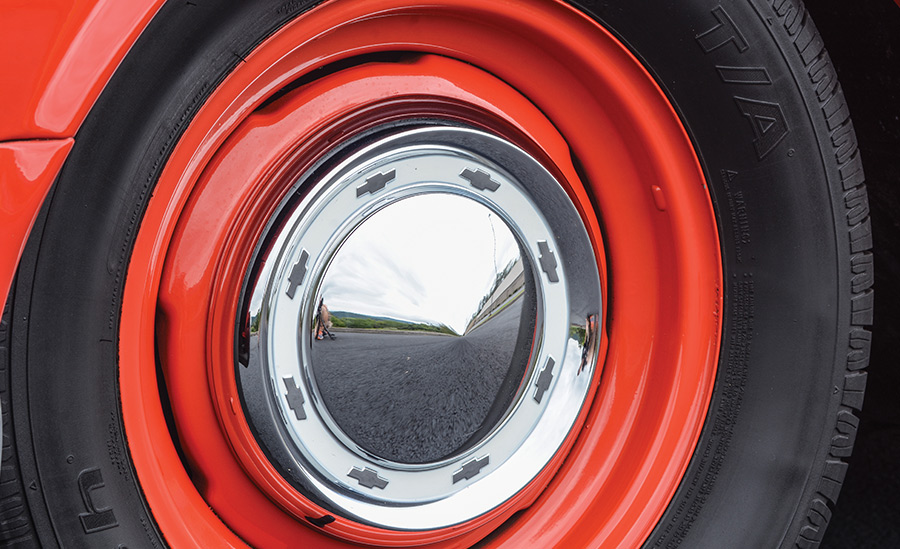
Deluxe hubcaps became an option, giving buyers extra decoration to go along with whitewall tires or other special tire designs. Simulated wire wheel covers were very popular add-on items in the mid ’60s, and the 14-inch versions were fitted to many Novas, Chevelles, and Impalas of the day. One of the most notable deluxe hubcap designs came to the market in 1965 and were made famous by the Chevelle Z16. The “Mag Style” wheel cover (RPO code N96) had the appearance of a five-spoke mag wheel but snapped onto a standard steel wheel. These were most common in 14-inch diameter, and available as an option from 1966-69.
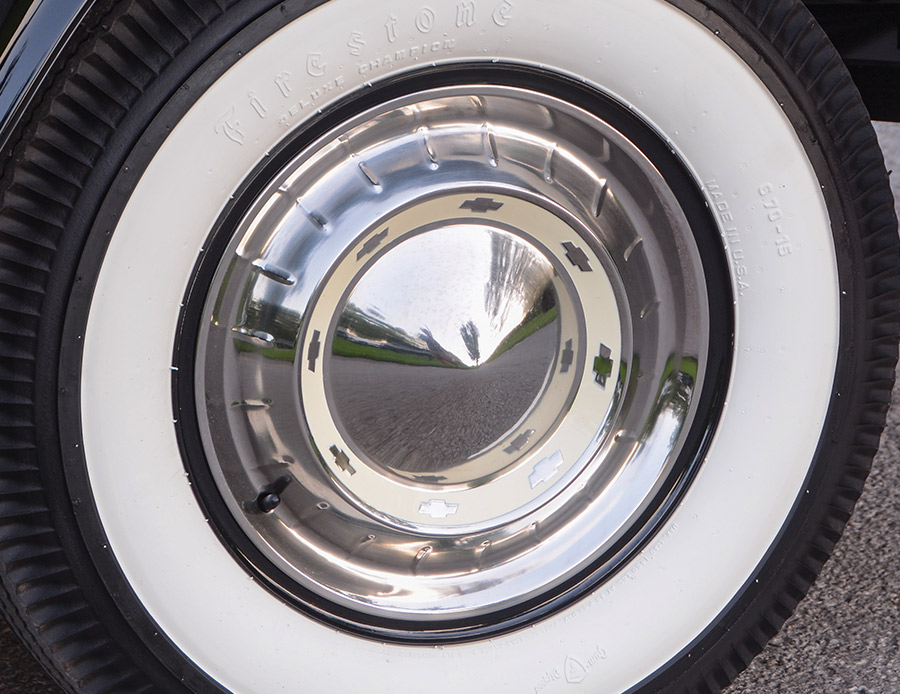

The smallest Rally wheel was the 14×5 designed for use on the ’67 Chevy II, code XA for 3.5-inch backspacing with drum brakes and DA for 3.875-inch backspacing with disc brakes. You can quickly determine the size and backspacing of an original Rally wheel by looking at the two-letter code stamped near the valve stem and then looking up a full listing of Rally wheel codes online. Rally wheels were produced in massive numbers from 1967 through the mid ’70s, and most of them were 14-inch diameter. Based on the number of variations in backspacing, 14×6 seemed to be the sweet spot until the YJ code 14×7 Rally came out on ’69 Camaros and ’70 Novas.
Fifteen-inch Rally wheels were seldom seen during the ’60s. Corvettes used them and then the famous Z/28 Camaro used a special DF code 15×6 Rally with 4.0625-inch backspacing, later followed by the AD code (1968) and YH code (1969) Rally wheels that were used on COPO, ZL1, and Z/28 Camaros. Fullsize passenger cars, like the Impala and subsequent models used 15-inch wheels from 1967-70.
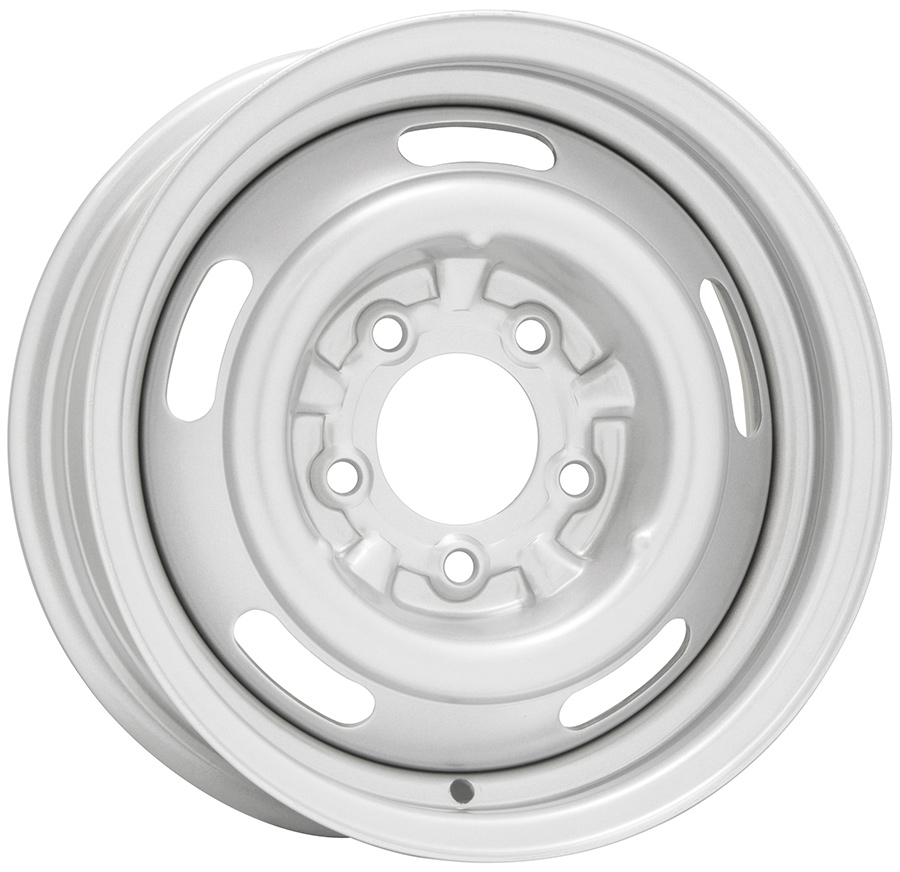
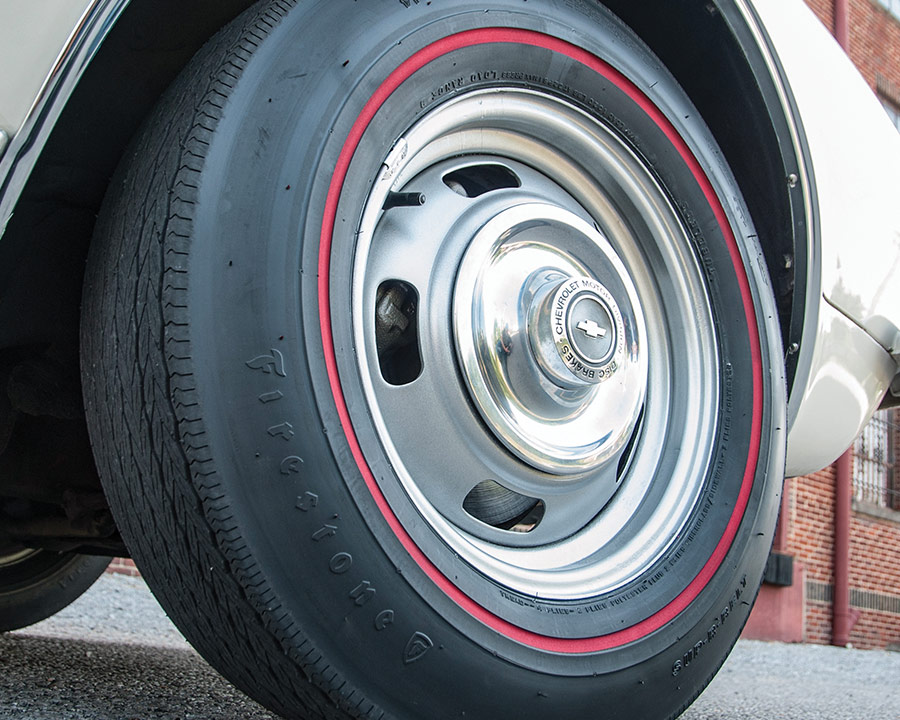

The nice thing about Corvette Rally wheels is that you could order them over service counters well into the ’80s, so there are plenty of AZ code wheels floating around. They are a popular upgrade for lots of ’60s and ’70s cars because the 8-inch width really filled up the wheel openings and allowed for fat tire fitment.
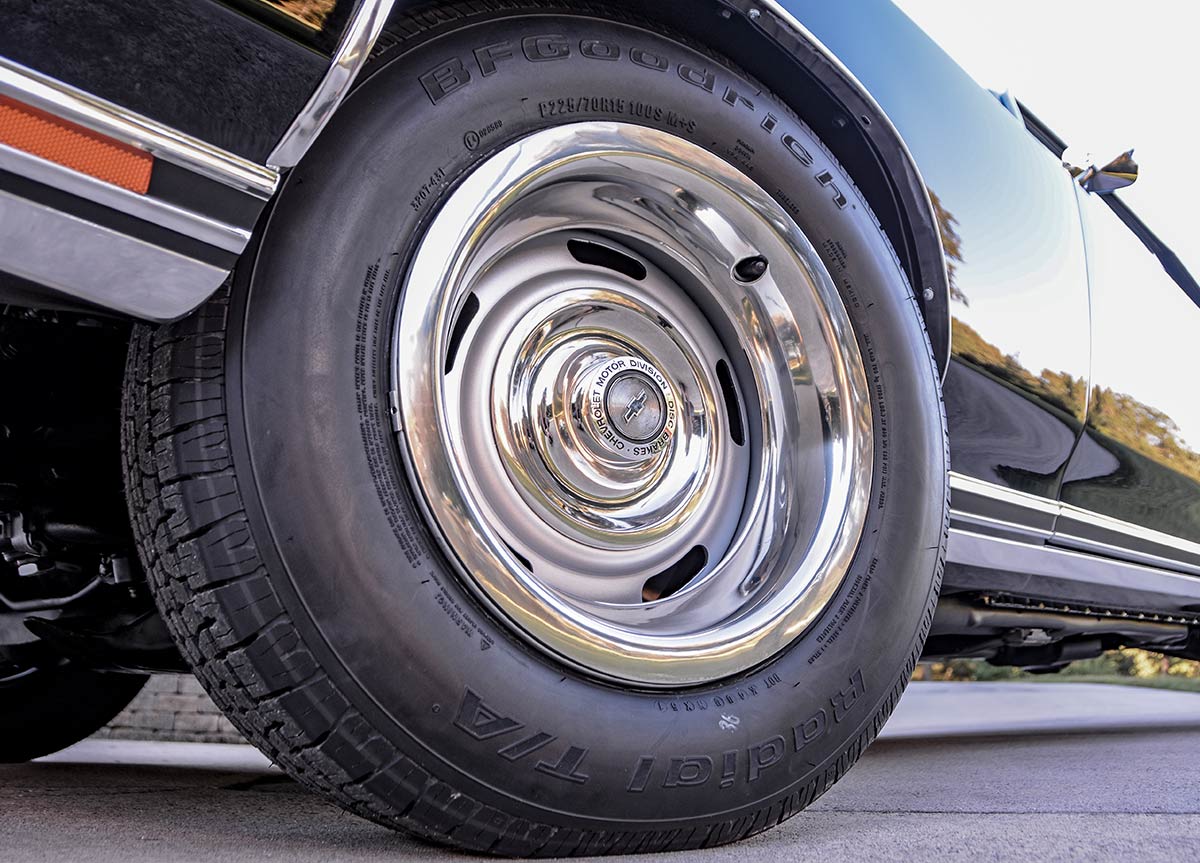
The Super Sport wheel changed in 1971, taking on the five-spoke design that had debuted a few months earlier on the ’701/2 Camaro Z28. This wheel was painted a darker gray than earlier Rally wheels and had a special trim ring that fit into a flanged area around the rim. The AV code Camaro wheel and AU code Chevelle wheel are very similar, both coming in at 15×7, but there are small differences that differentiate the two.
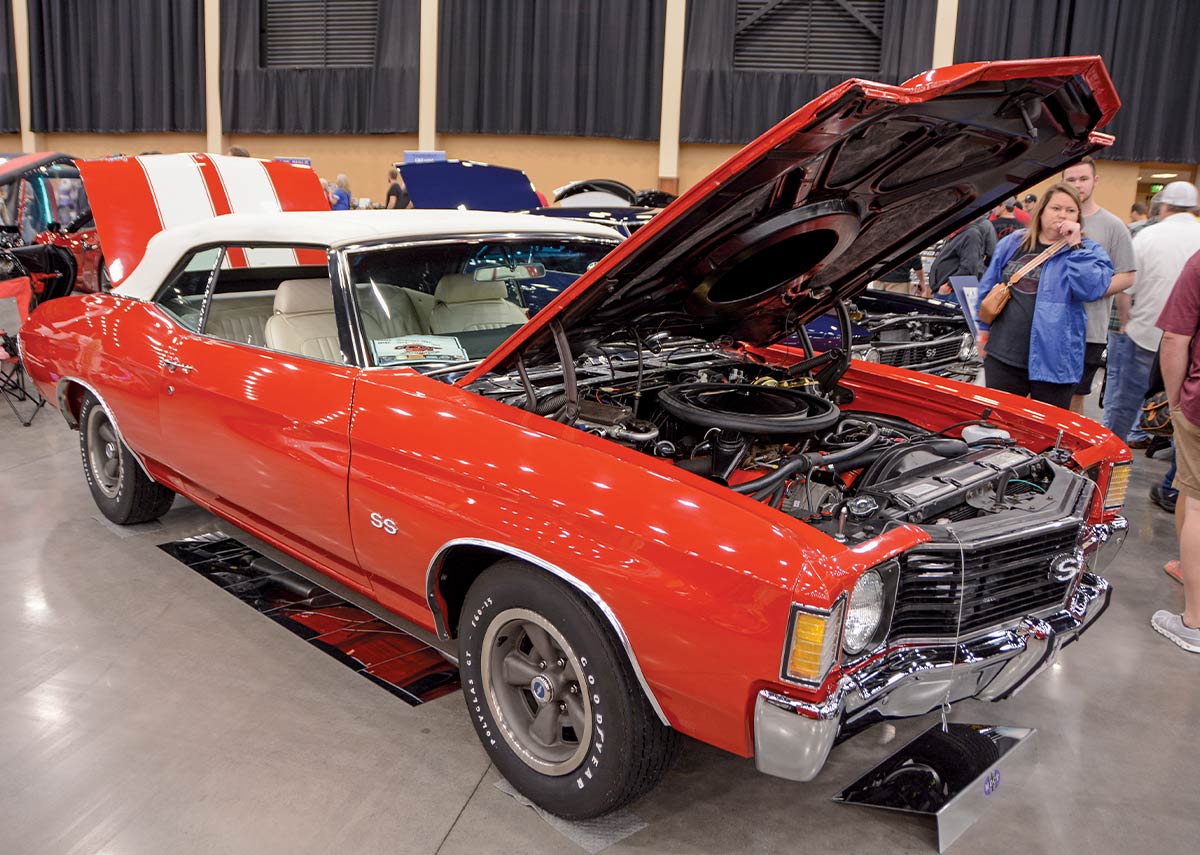
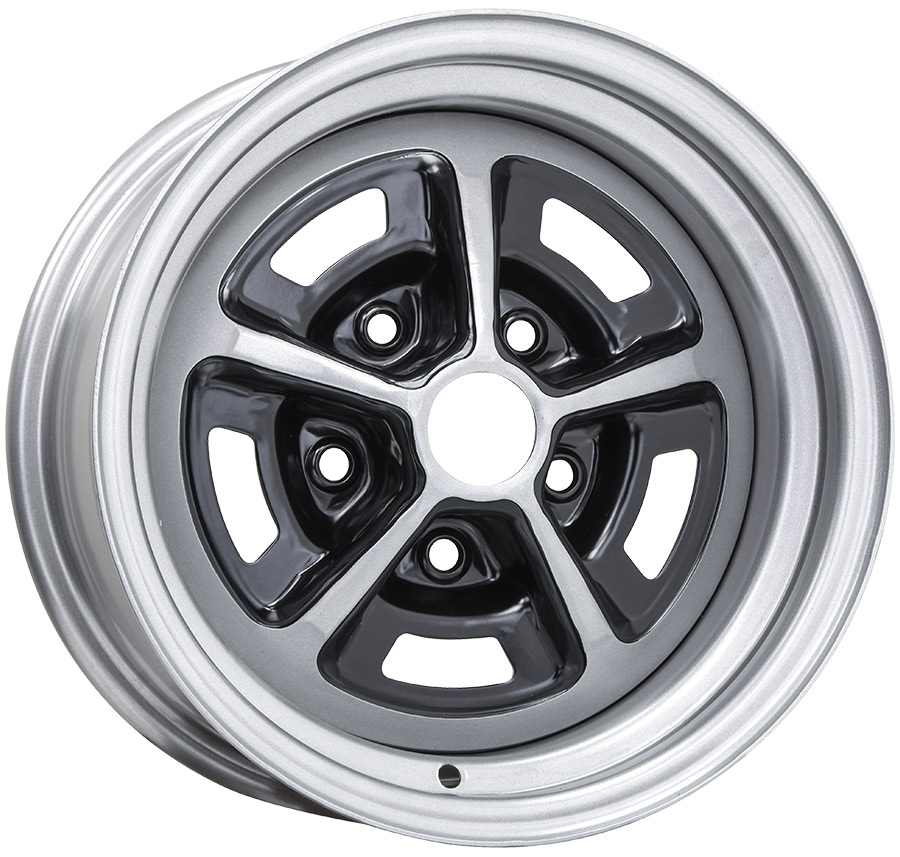
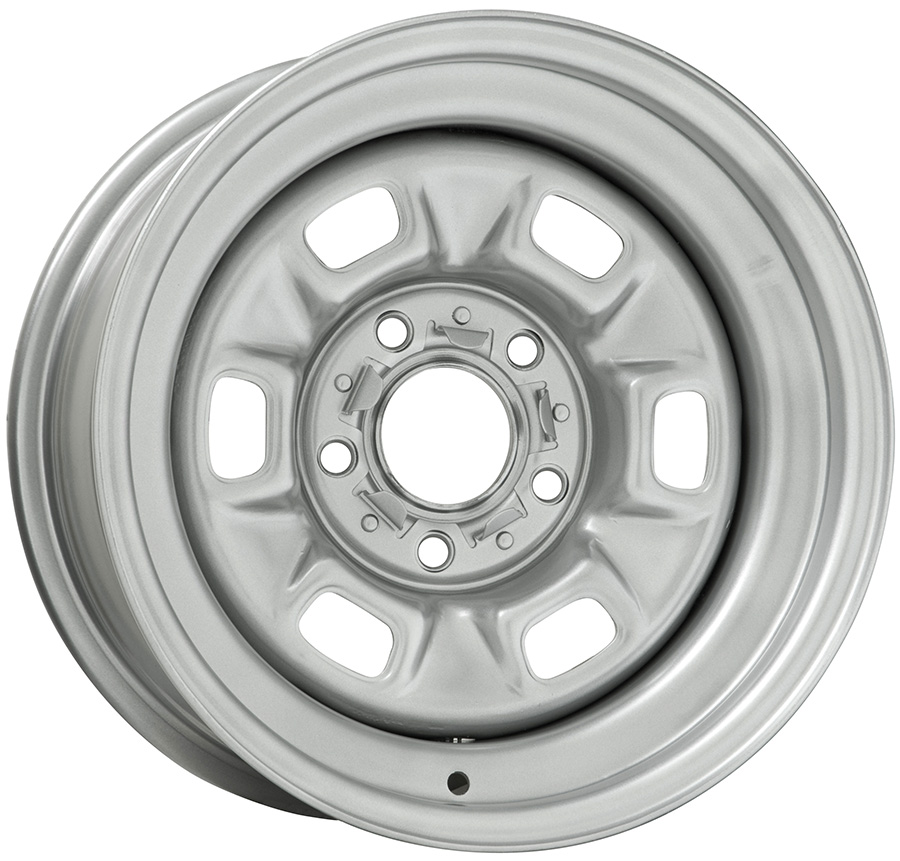
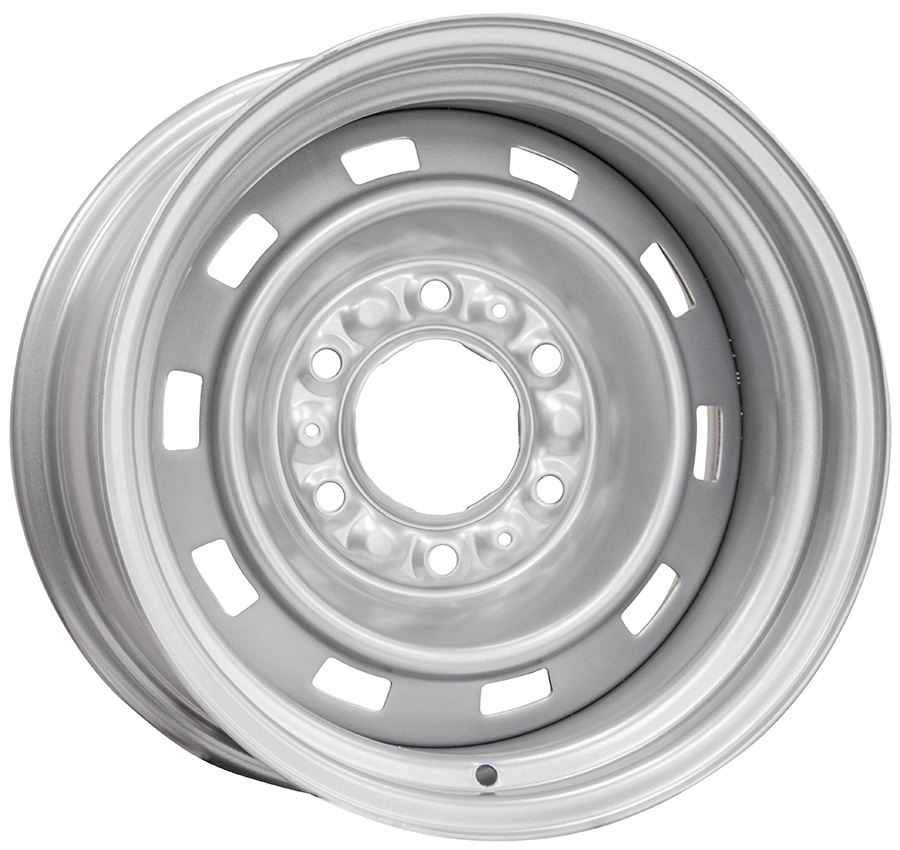
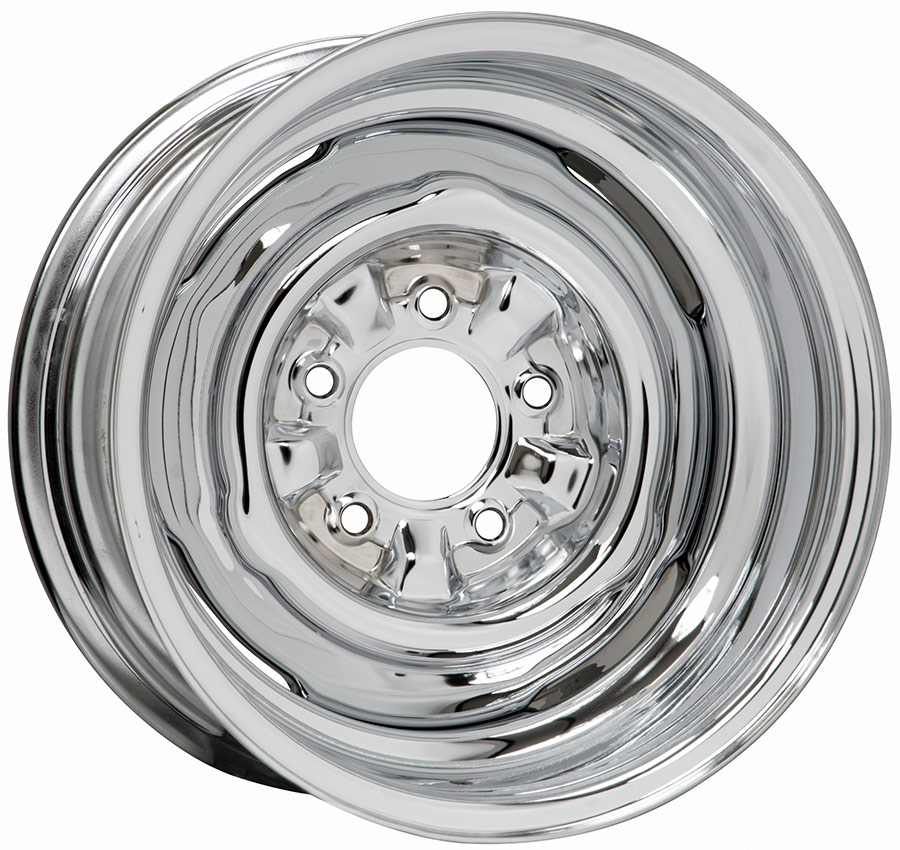

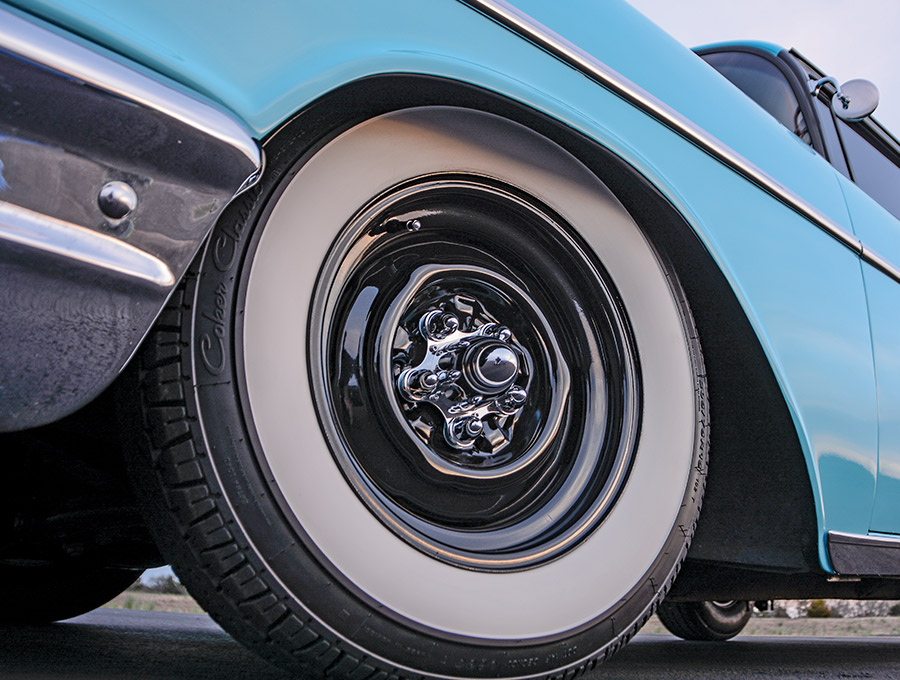
 SOURCE
SOURCE